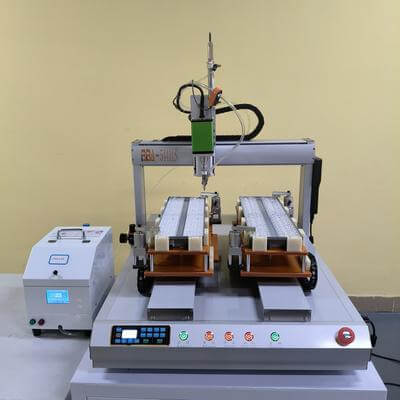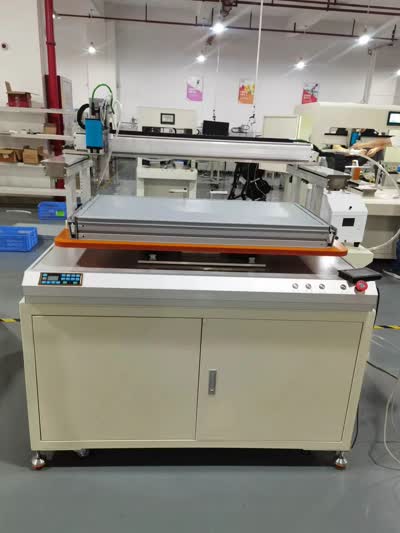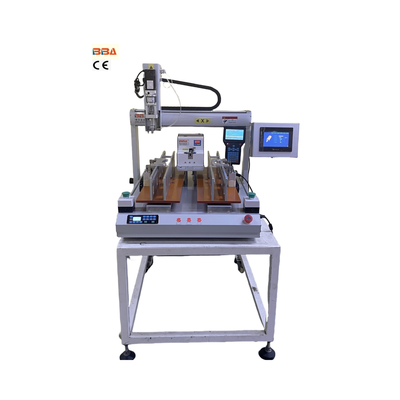Optimize Cycle Time in Screw Assembly Lines | Efficiency Strategies
| Product Name | Applicable industries |
| Dual Head Screwdriver | Automotive Electronics Assembly |

How to Optimize Cycle Time in Screw Assembly Lines
Cycle time optimization is a critical factor in improving the efficiency and productivity of screw assembly lines. Reducing cycle time not only increases output but also enhances product quality and reduces operational costs. In this article, we explore practical strategies to optimize cycle time in screw assembly processes, ensuring smoother operations and higher profitability.
One of the most effective ways to optimize cycle time is by leveraging advanced screwdriving technology. Modern electric screwdrivers and automated screwfeeding systems offer precise torque control and high-speed operation, minimizing the time required for each screw insertion. These systems reduce human error and ensure consistent performance, leading to faster cycle times and fewer defects.
Another key strategy is to streamline the workflow through better layout design. Organizing the assembly line to minimize the movement of components and operators can significantly reduce idle time. For example, placing screwfeeding units closer to the point of use and using vibratory bowls or linear feeders to ensure a continuous supply of screws can eliminate bottlenecks and keep the process flowing smoothly.
Regular maintenance of equipment is also crucial for cycle time optimization. Worn-out or misaligned tools can cause jams, misfeeds, and other issues that slow down the assembly process. Implementing a preventive maintenance schedule ensures that screwdrivers, feeders, and other components are always in optimal condition, reducing downtime and maintaining consistent cycle times.
Additionally, integrating sensors and monitoring systems can provide real-time data on cycle times and identify areas for improvement. By analyzing this data, manufacturers can pinpoint inefficiencies, such as prolonged screw insertion times or frequent stoppages, and take corrective actions. Smart automation solutions can even self-adjust parameters to maintain peak performance without manual intervention.
Training operators to handle equipment efficiently and troubleshoot common problems is another vital aspect. Well-trained personnel can quickly address issues like screw misalignment or feeder blockages, minimizing disruptions and keeping cycle times short. Combining skilled labor with advanced technology creates a synergistic effect that drives continuous improvement.
Finally, consider customizing solutions to match specific assembly requirements. Off-the-shelf products may not always address unique challenges in screw assembly lines. Tailored systems, designed for particular applications, can optimize cycle times by accounting for factors like screw size, material, and accessibility, ensuring maximum efficiency from start to finish.
In conclusion, optimizing cycle time in screw assembly lines involves a multifaceted approach, including upgrading technology, improving workflow, maintaining equipment, using data analytics, training staff, and customizing solutions. By implementing these strategies, manufacturers can achieve faster, more reliable, and cost-effective assembly processes, staying competitive in today's demanding industrial landscape.


